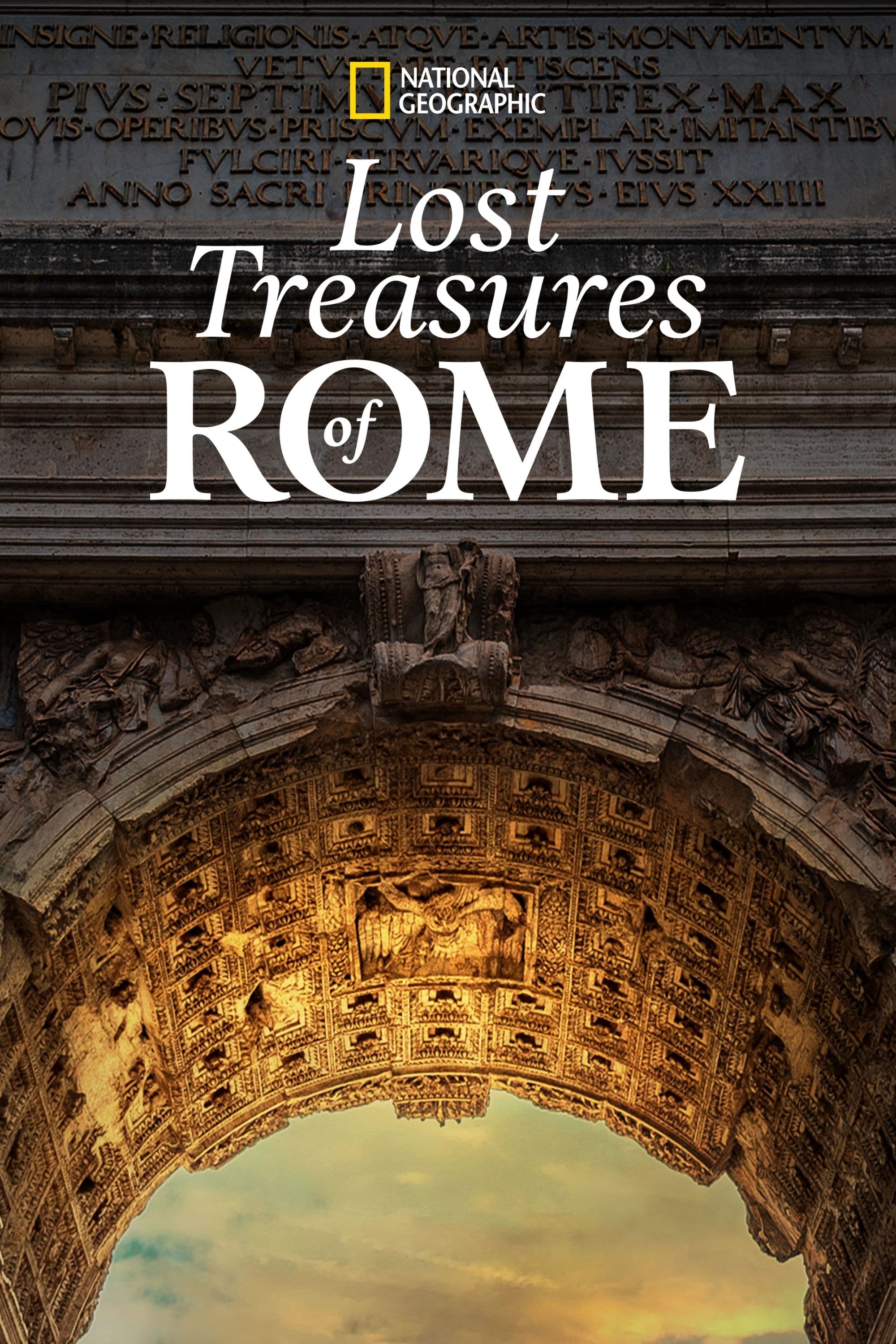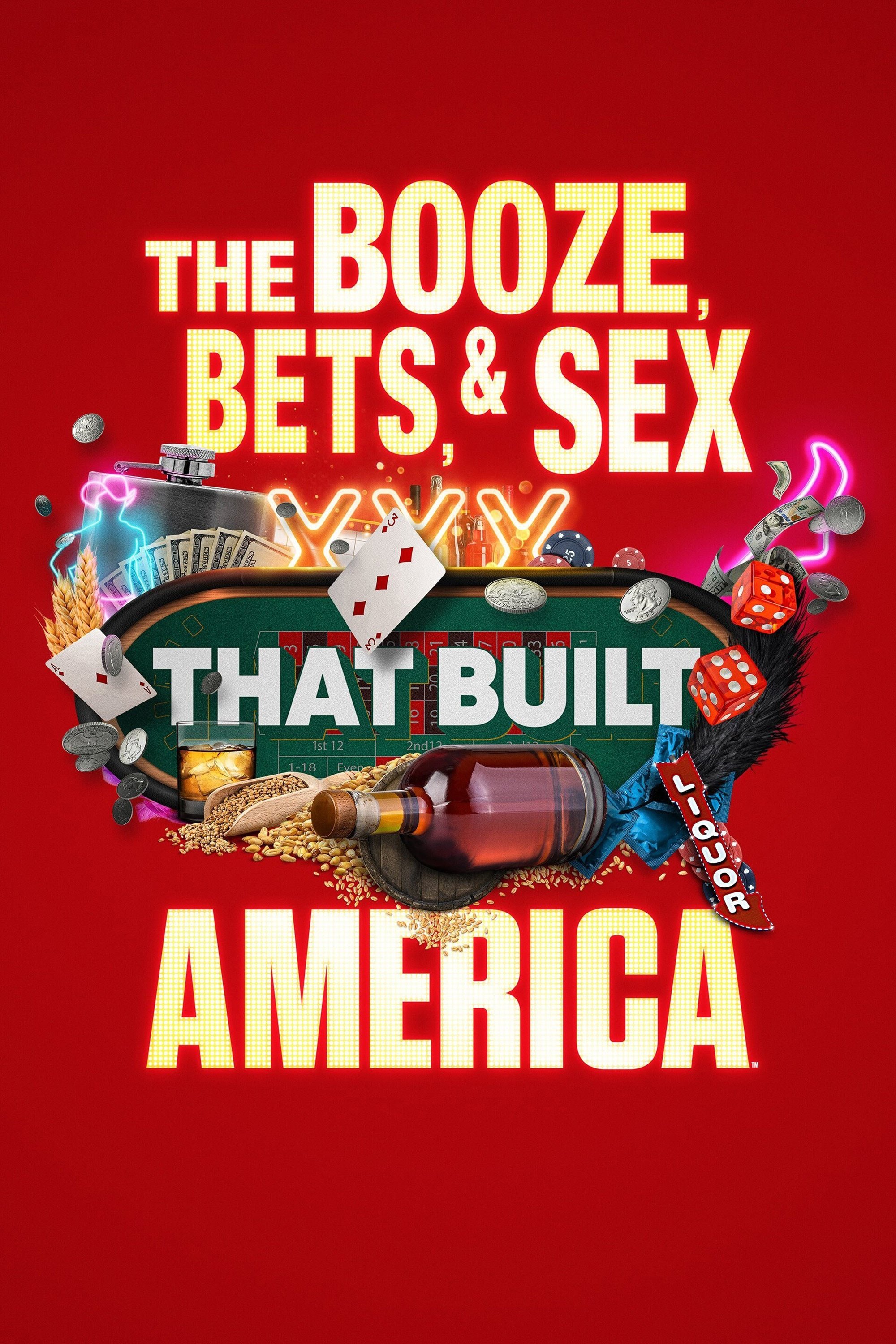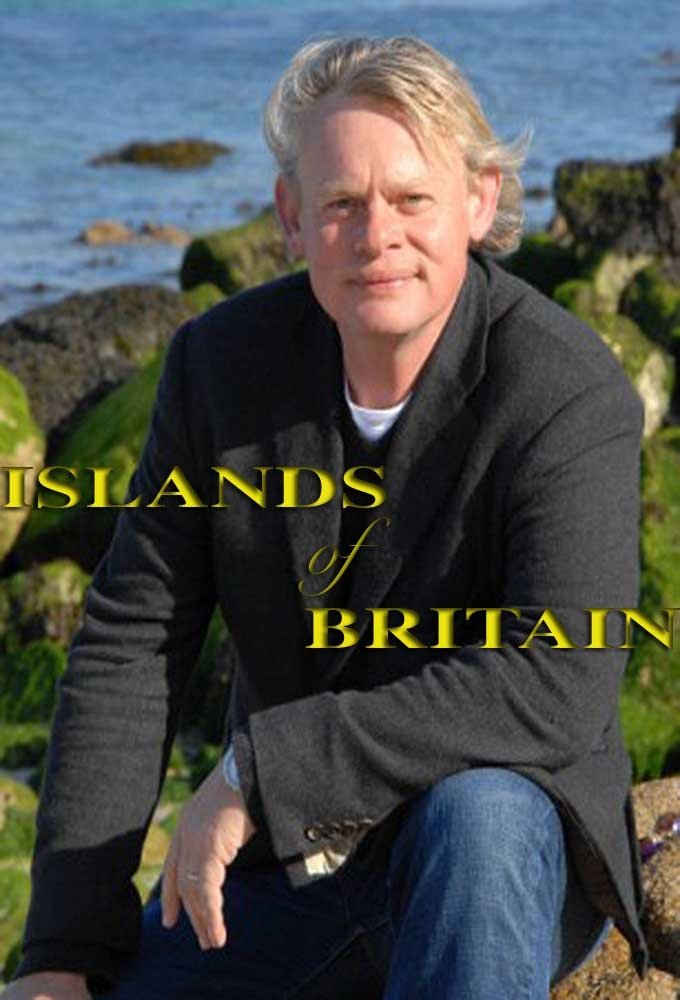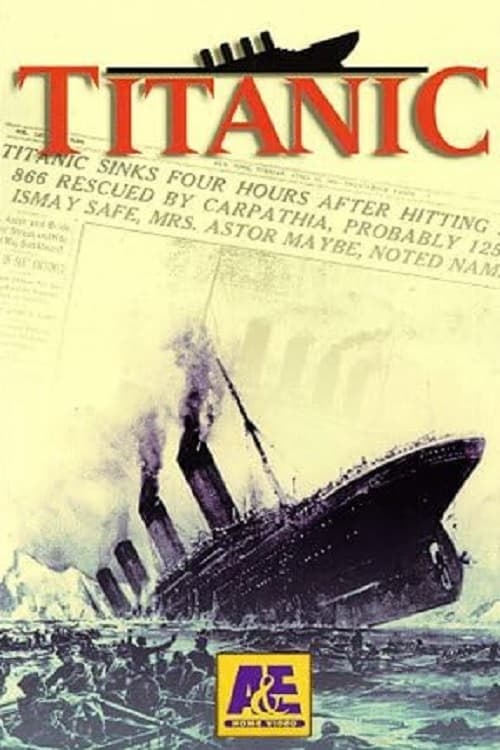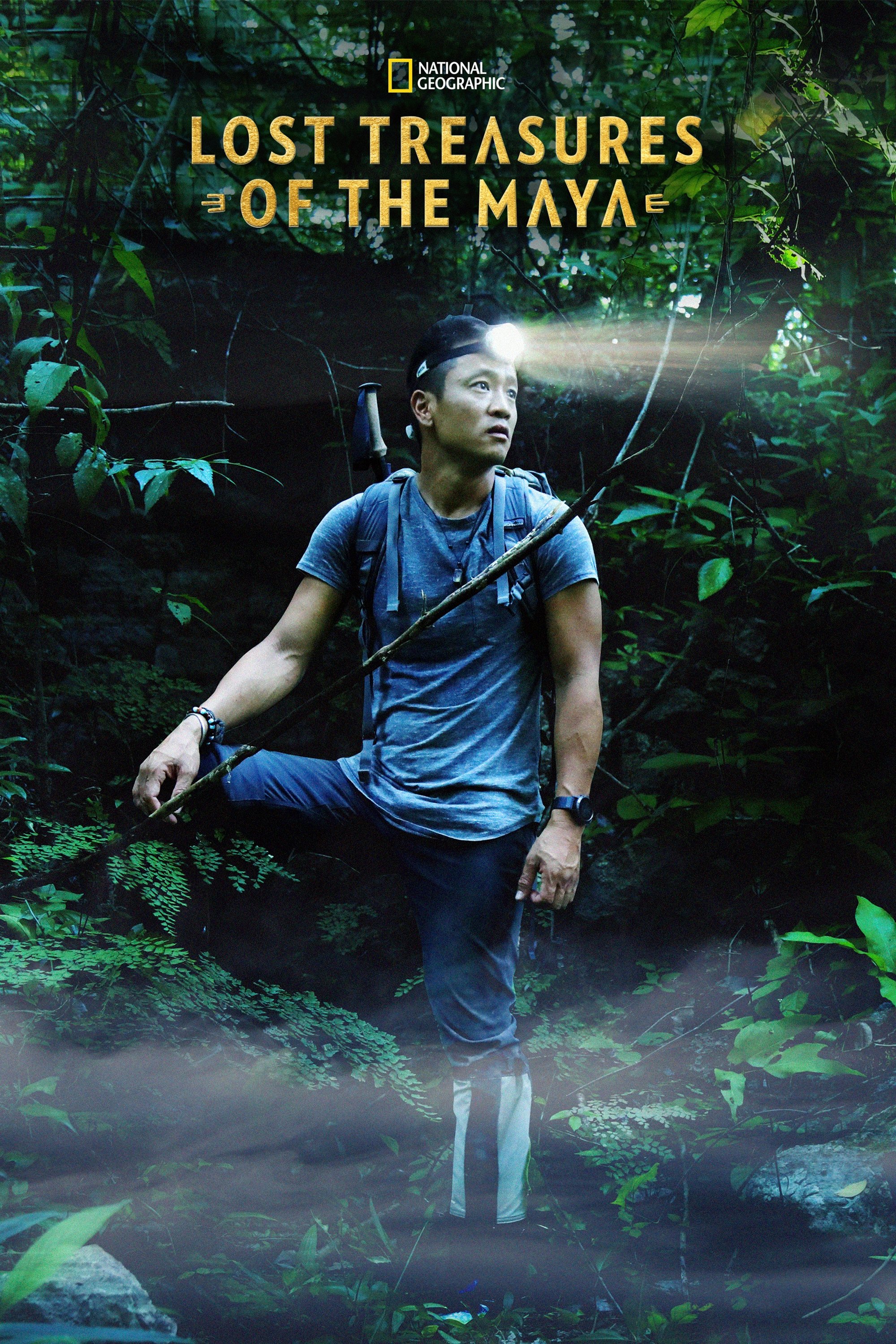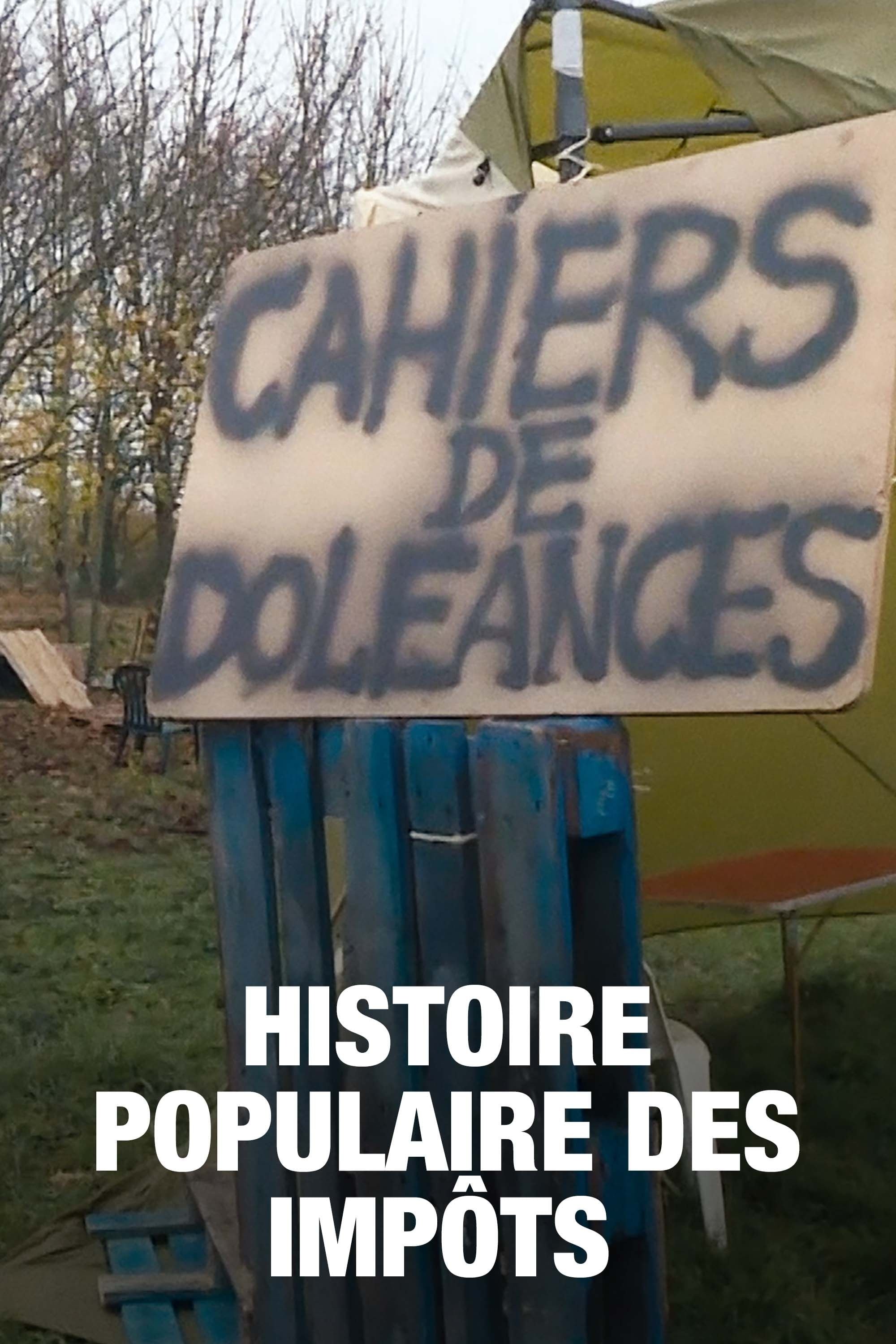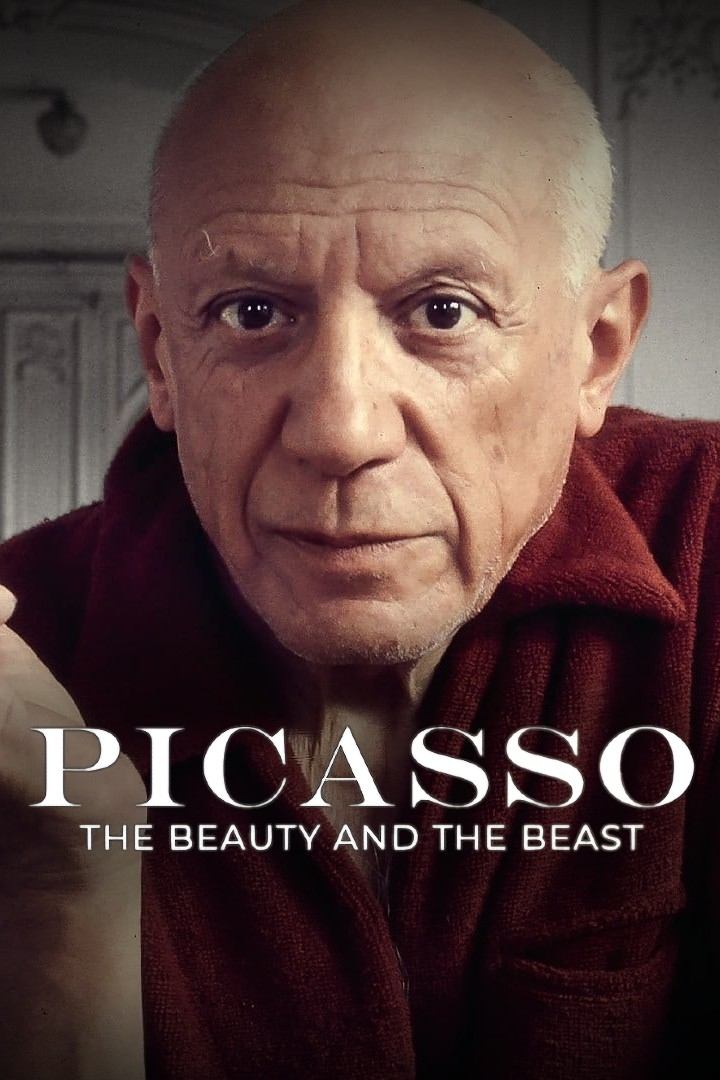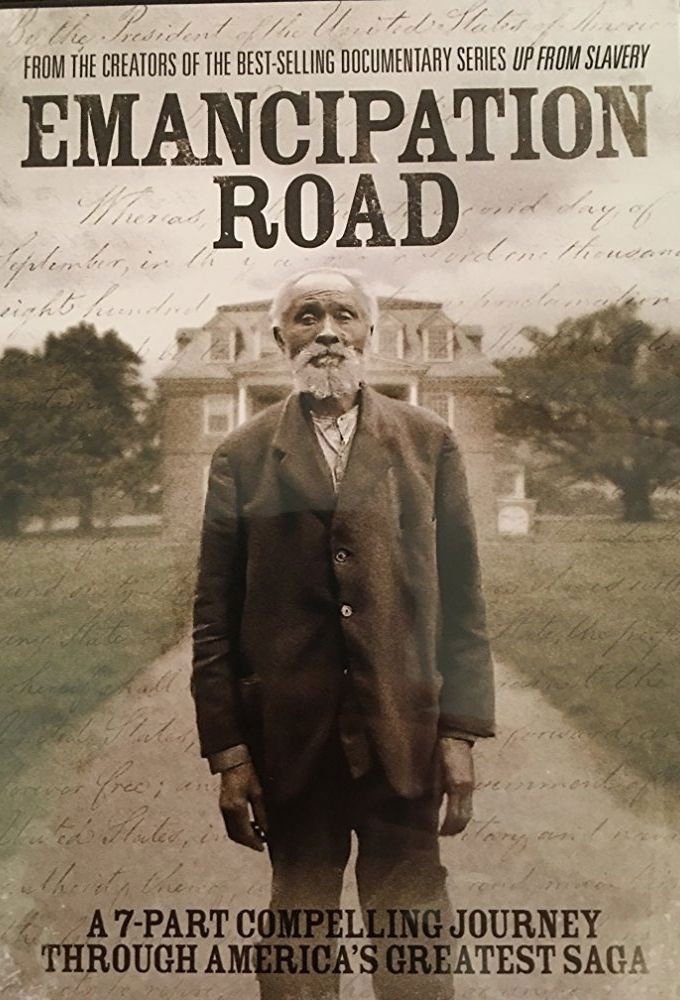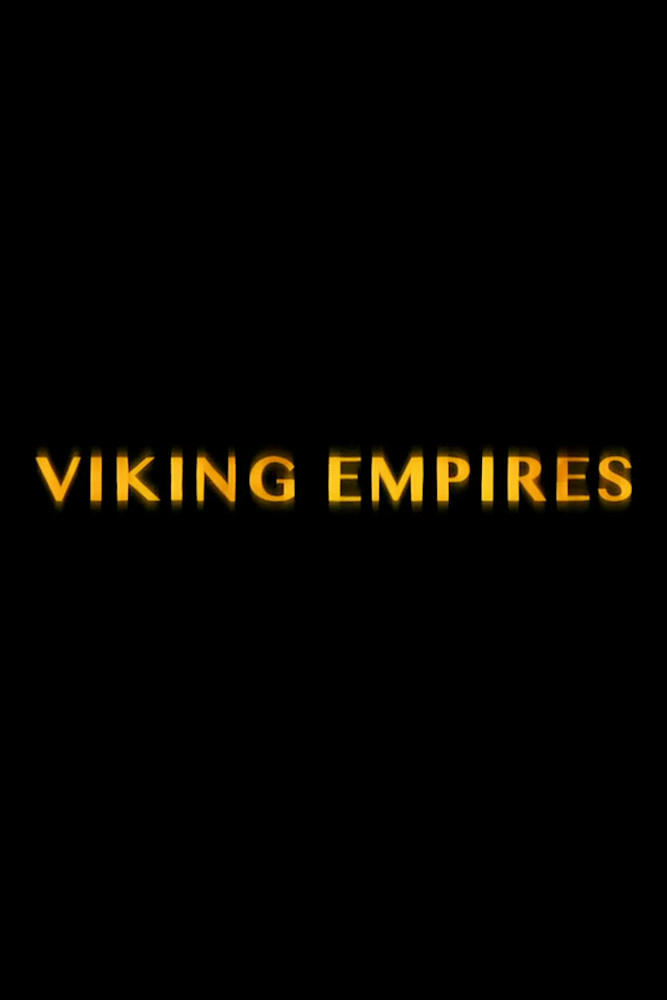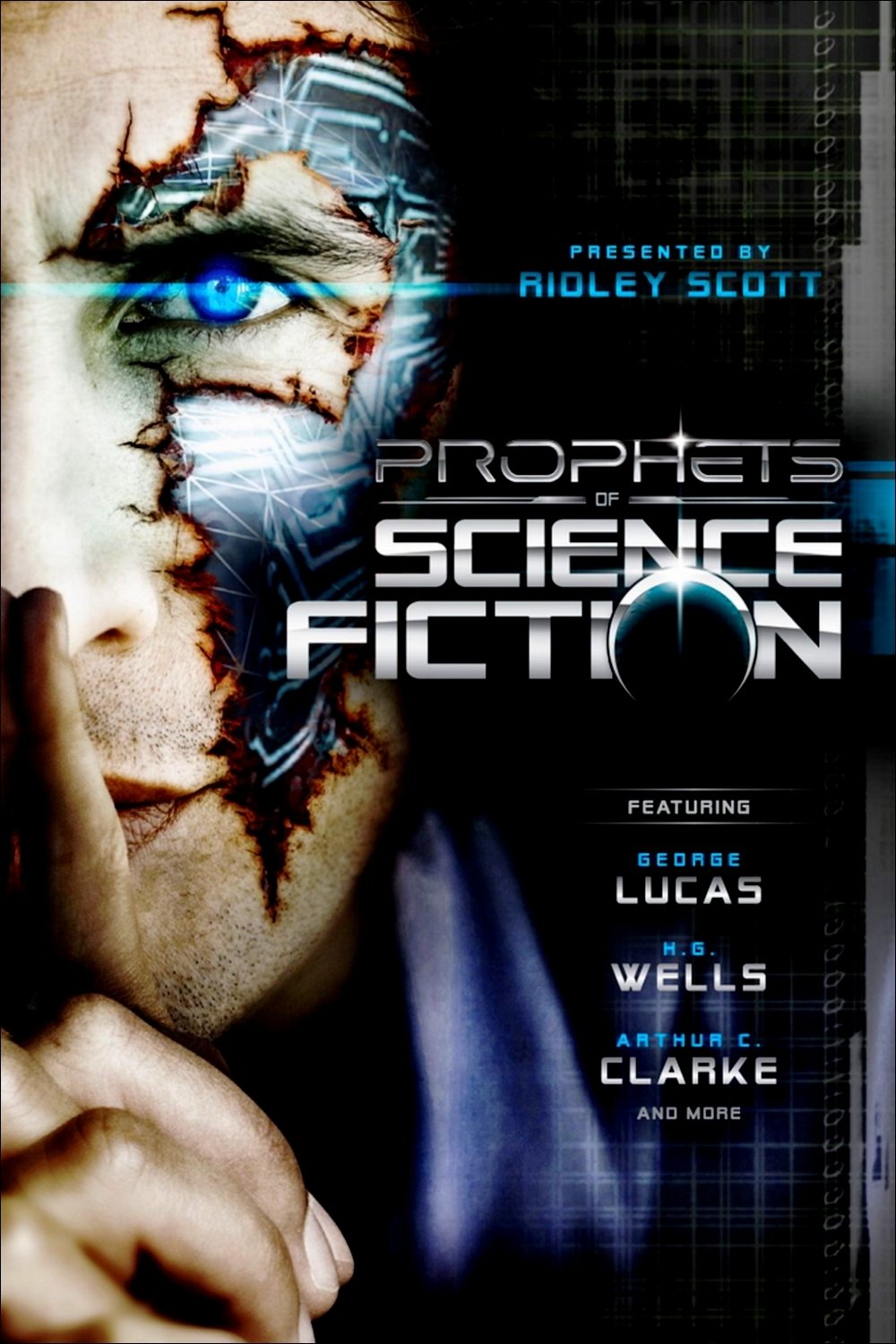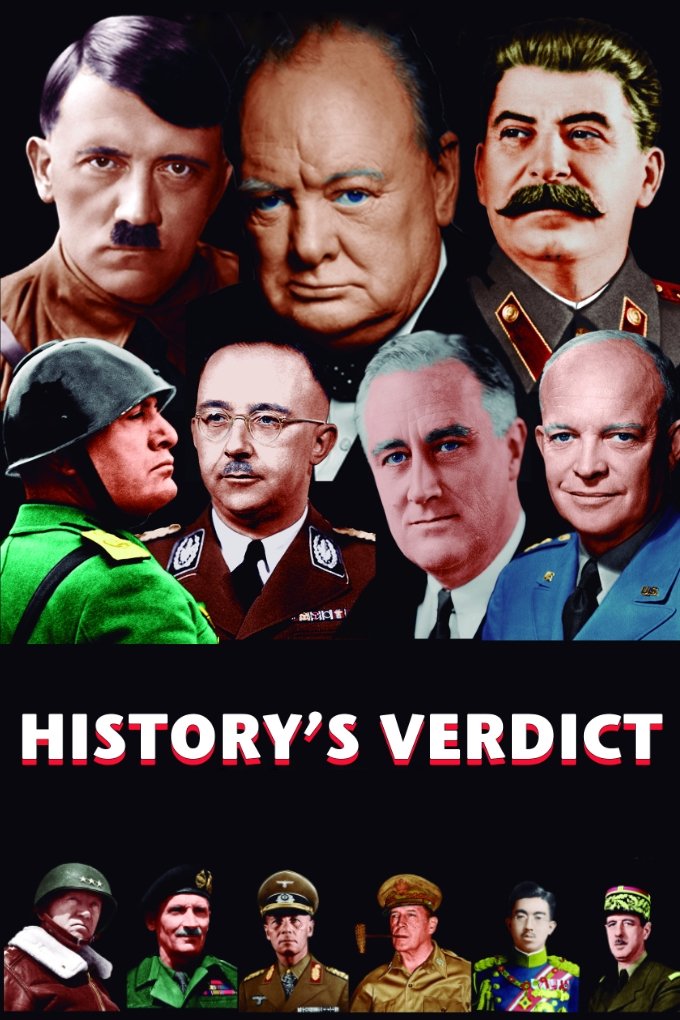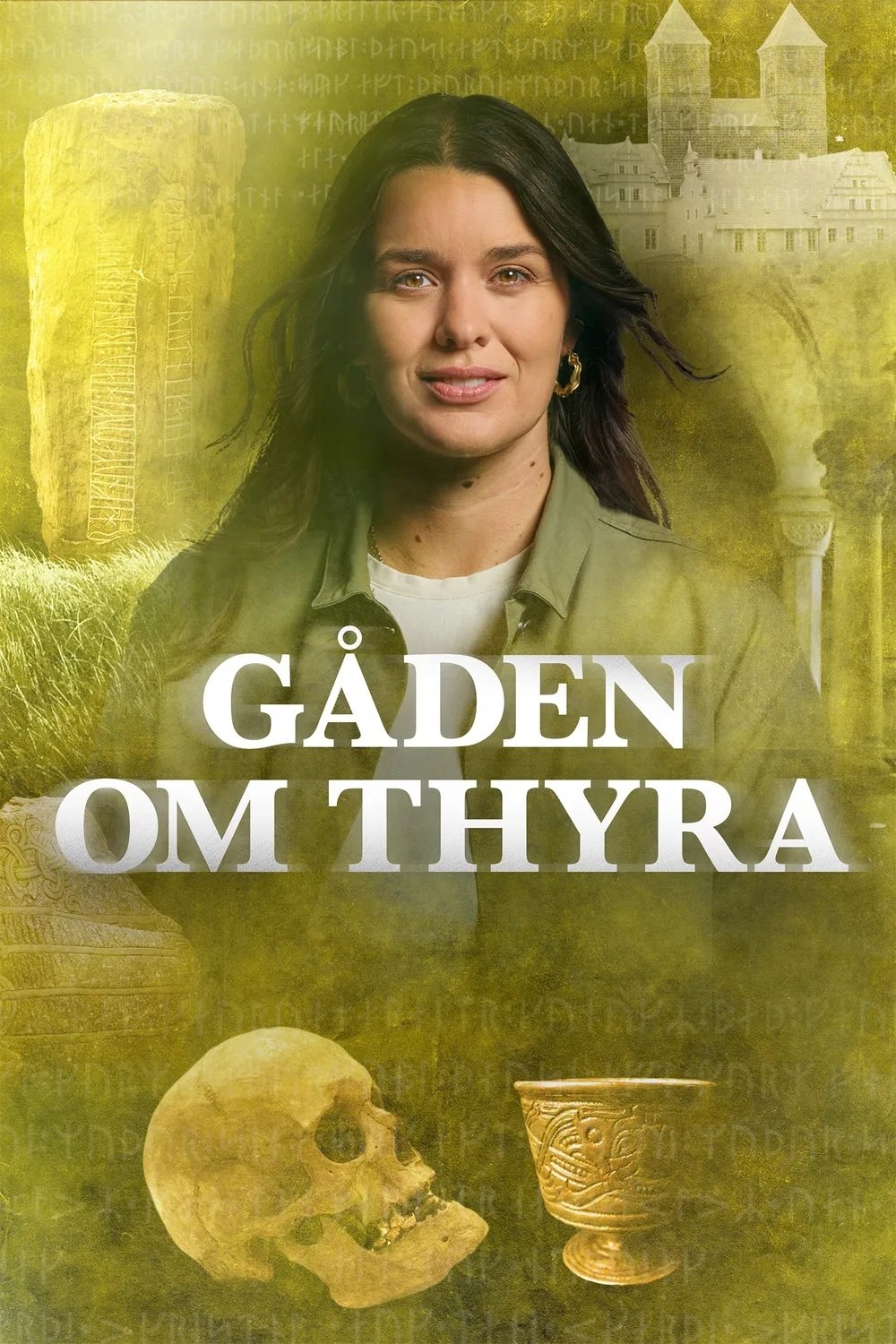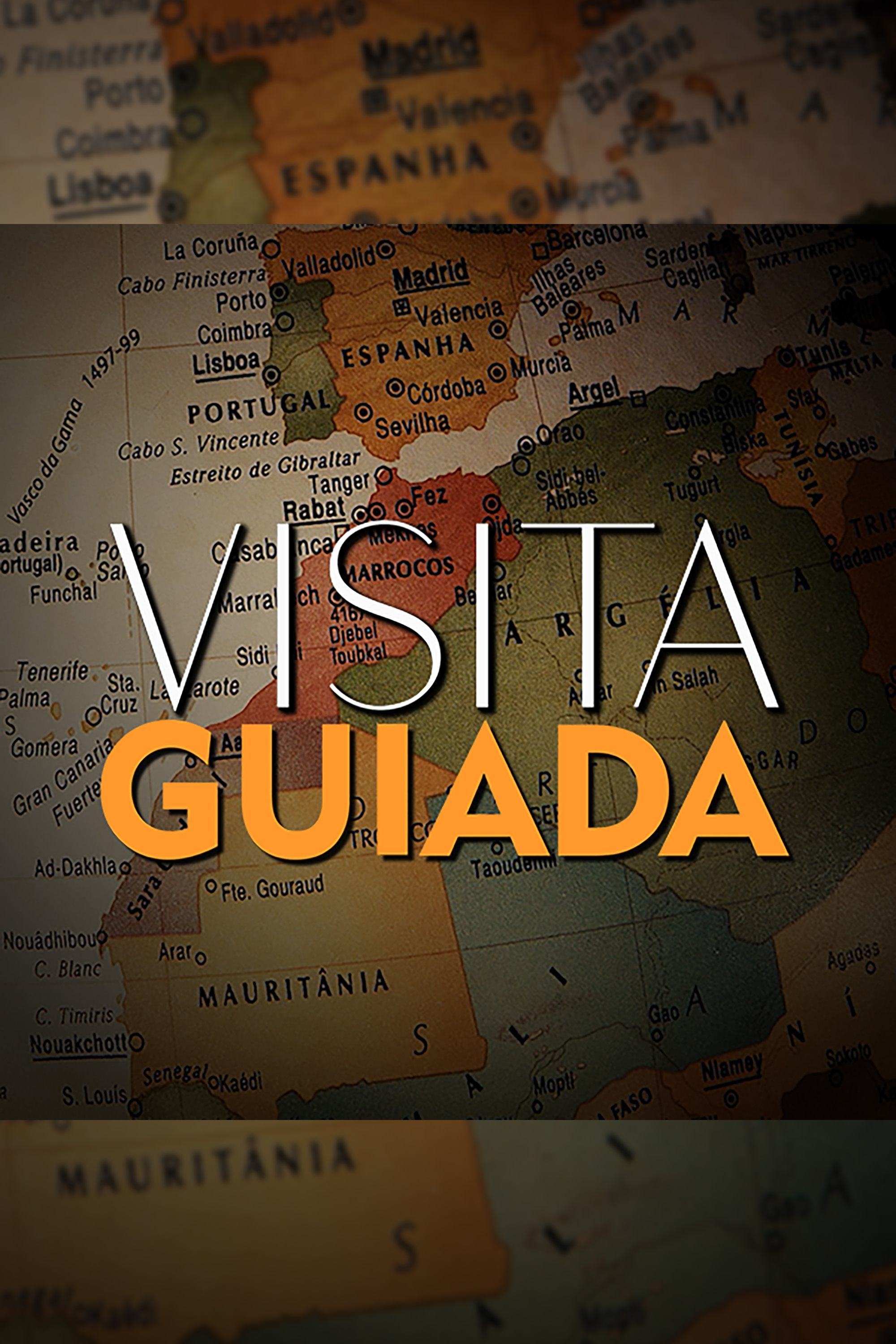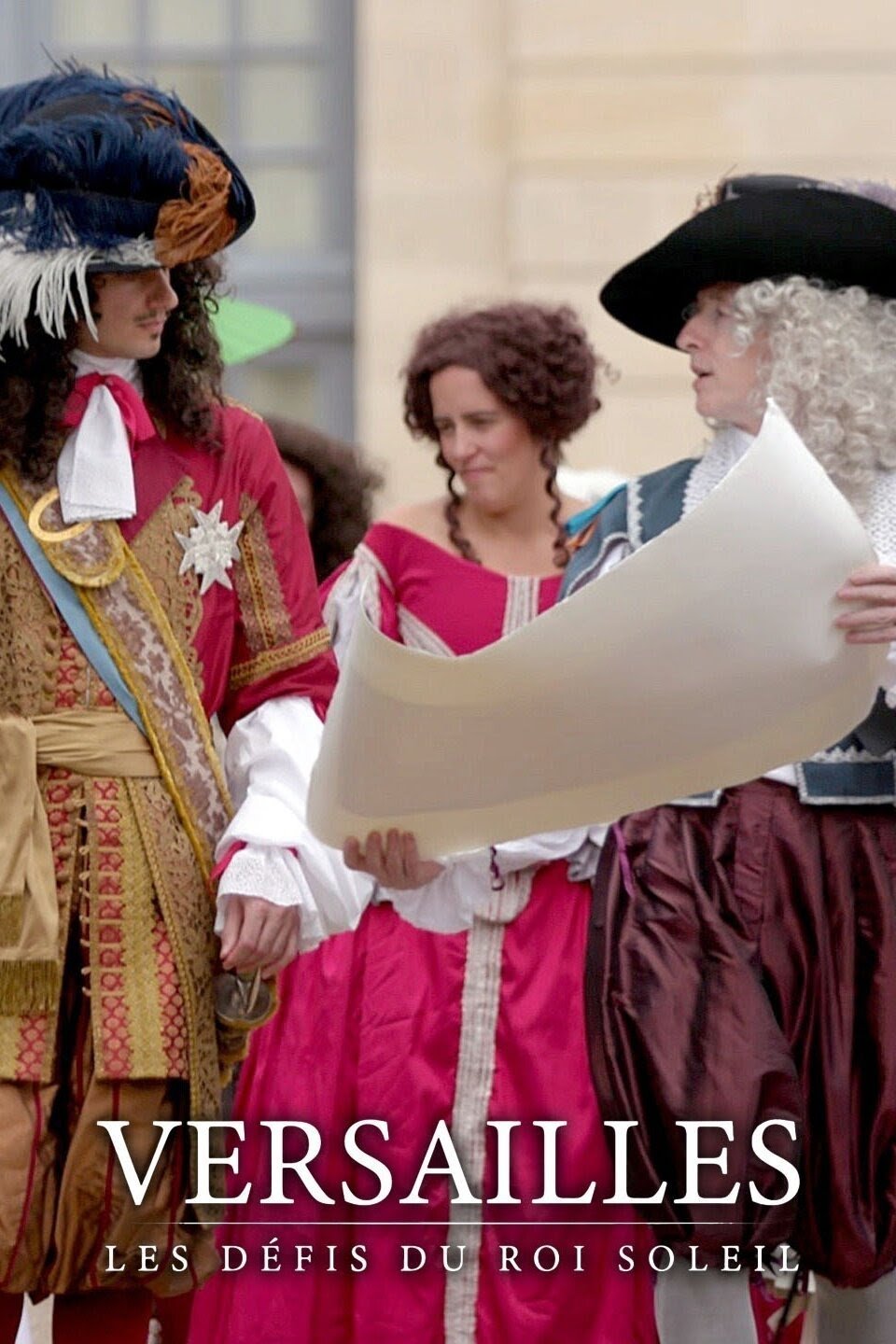
Bridging World History
series not in production
Canceled

Documentary
Seasons | 1
Episodes | 26
avg.Runtime | 28 min
First EP | 2004-01-02
Last EP | 2004-06-25
Overview
Stream on
A multimedia course for secondary school and college teachers that examined global patterns through time, seeing history as an integrated whole. Topics were studied in a general chronological order, but each is observed through a thematic lens, showing how people and societies experience both integration and differences.
Created by
Produced by

Annenberg Media

Oregon Public Broadcasting
Season List

season 1 || Season 1
Relesed on | 2004-01-02
A multimedia course for secondary school and college teachers that examines global patterns through time, seeing history as an integrated whole. Topics were studied in a general chronological order, but each is observed through a thematic lens, showing how people and societies experience both integration and differences.
1

Maps, Time, and World History
2004-01-02
What tools do world historians use in the study of history? This unit begins the study of world history by examining its use of geographical and chronological frameworks: how they have shaped the understanding of world history and been used to chart the past.
2

History and Memory
2004-01-09
How are history and memory different? Topics in this unit range from the celebration of Columbus Day to the demolition of a Korean museum to the historical re-interpretation of Mayan civilization, exploring the ways historians, nations, families, and individuals capture, exploit, and know the past, and the dynamic nature of historical practice and knowledge.
3

Human Migrations
2004-01-16
How did the many paths of human migration people the planet? From their origins on the African continent, humans have spread across the globe. This unit explores how and why early humans moved across Africa, Eurasia, and the Americas, based on recent studies in archaeology and linguistics.
4

Agricultural and Urban Revolutions
2004-01-23
What do historians know about the earliest farmers and herders, and the evolution of cities? Newly emerging evidence about the 'cradles of civilization' is examined in light of the social, technological, and cultural complexity of recently discovered settlements and cities.
5

Early Belief Systems
2004-01-30
How did people begin to understand themselves in relation to the natural world and to the unseen realms beyond, and how was religion a community experience? In this unit, animism and shamanism in Shinto are contrasted with philosophical and ethical systems in early Greece and China, and the beginnings of Zoroastrianism, Hinduism, and Judaism.
6

Order and Early Societies
2004-02-06
How do diverse political structures and relationships distribute power and material resources? Through the rise of the Chinese empire, Mayan regional kingdoms, and the complex society of Igbo Ukwu, this unit considers the origins of centralized states and alternative political and social orders.
7

The Spread of Religions
2004-02-13
How do religions interact, adopt new ideas, and adapt to diverse cultures? As the missionaries, pilgrims, and converts of Buddhism, Christianity, and Islam moved around the world, the religions created change and were themselves changed.
8

Early Economies
2004-02-20
How do societies assign value to land, labor, and material goods? A comparison of manorial economies in Japan and medieval Europe is contrasted with the tribute economy of the Inka, and the experience of dramatic economic change is illustrated by the commercial revolution in China.
9

Connections Across Land
2004-02-27
How were land-based trade routes conduits of both commerce and culture? The Eurasian Silk Roads, the trans-Saharan Gold Roads, and the Meso-American Turquoise Road trace the transmission of commodities, religions, and diseases, as well as the movements of people.
10

Connections Across Water
2004-03-05
How were water routes used as conduits of expansion and trade? The traders of the Indian Ocean, the early Mississippians, and the Norsemen carried death and disease, skills and technologies, philosophies and religion down rivers and across oceans.
11

Early Empires
2004-03-12
What makes an 'empire'? Through the Mongol empire, the Mali empire, and the Inka empire, this unit examines the construction of empires, their administrative structures, legitimating ideologies, and the environmental and technological conditions that shaped them.
12

Transmission of Traditions
2004-03-19
What are traditions and how are they transmitted? Islamic Spain, Korea, and West Africa provide examples of many different modes of transmission, including oral, written, artistic, and architectural.
13

Family and Household
2004-03-26
What does the study of families and households tell us about our global past? In this episode examining West Asia, Europe, and China, families and households become the focus of historians, providing a window into the private experiences in world societies, and how they sometimes become a model for ordering the outside world.
14

Land and Labor Relationships
2004-04-02
What factors shape the ways in which the basic resources are exploited by a society? From Southeast Asia to Russia to Africa and the Americas, the ratios between land availability and the usable labor force were the primary basis of pre-industrial economies, but politics, environment, and culture played a part as well.
15

Early Global Commodities
2004-04-09
What is globalization and when did it begin? Before the sixteenth century, the world's four main monetary substances were silver, gold, copper, and shells. But it was China's demand for silver and Spain's newly discovered mines in the Americas that finally created an all-encompassing network of global trade.
16

Food, Demographics, and Culture
2004-04-16
What role has food played in human societies? Studying the production and consumption of food allows historians to uncover hidden levels of meaning in social relationships, understand demographic shifts, and trace cultural exchange. This unit examines the earliest impact of globalization including changing cuisine, environmental impact, and the rise of forced labor as a global economic force.
17

Ideas Shape the World
2004-04-23
How do ideas change the world? This unit traces the impact of European Enlightenment ideals in the American and Haitian revolutions and in South America. It also examines the revitalization of Islam expressed in the Wahhabi movement as it spread from the Arabian peninsula to Africa and Asia.
18

Rethinking the Rise of the West
2004-04-30
How does historical scholarship change over time, and why do the perspectives of historians shift? This unit recaps the economic and political events that led to the rise of the West, but examines and re-examines those events through differing opinions of its causes, reflecting changes in historical interpretation.
19

Global Industrialization
2004-05-07
How was the story of the industrial revolution a global process? Industrialization was and is a global process, not just a European or American story. This unit links Cuba, Uruguay, Europe, and Japan, examining the impact of industry on trade, environment, culture, technology, and lives around the world.
20

Imperial Designs
2004-05-14
What lasting impacts did modern imperialism have on the world? The profound consequences of imperialism are examined in the South African frontier and Brazil, where politics, culture, industrial capitalism, and the environment were shaped and re-shaped.
21

Colonial Identities
2004-05-21
How did colonialism and eventual de-colonization mutually affect the colonizer and the colonized? From Zanzibar to India, colonial and post-colonial identities are examined through clothing.
22

Global War and Peace
2004-05-28
How 'global' were the World Wars? This unit examines Japanese imperialism, the Belgian Congo, and twentieth century peace institutions to study how local, national, ethnic, and religious conflicts shaped these wars and their aftermaths.
23

People Shape the World
2004-06-04
What is the impact of the individual in world history? This unit examines the role of individual and collective action in shaping the world through the lives of such diverse figures as Mao Zedong, the Ayatollah Khomeini, and Las Madres de la Plaza de Mayo.
24

Globalization and Economics
2004-06-11
How have the forces of globalization shaped the modern world? This unit travels from the Soviet Union to Sri Lanka and Chile to study the role of technology and the impact of economic and political changes wrought by globalization.
25

Global Popular Culture
2004-06-18
What are the sounds and sights of an emerging global culture? From World Cup soccer to Coca-Cola, modern icons reflect the intertwined cultural, political, and commercial dimensions of globalization. This unit listens to and looks at the music and images of global production and consumption – from reggae to the Olympics.
26

World History and Identity
2004-06-25
How have global forces redefined both individual and group identity in the modern world? This unit examines the transnational identity that emerged from the Chinese diaspora, and compares it to a newly re-defined national Chechen identity forged through war with Russia.
CAST
“I would rather entertain and hope that people learned something than educate people and hope they were entertained.” – Walt Disney


